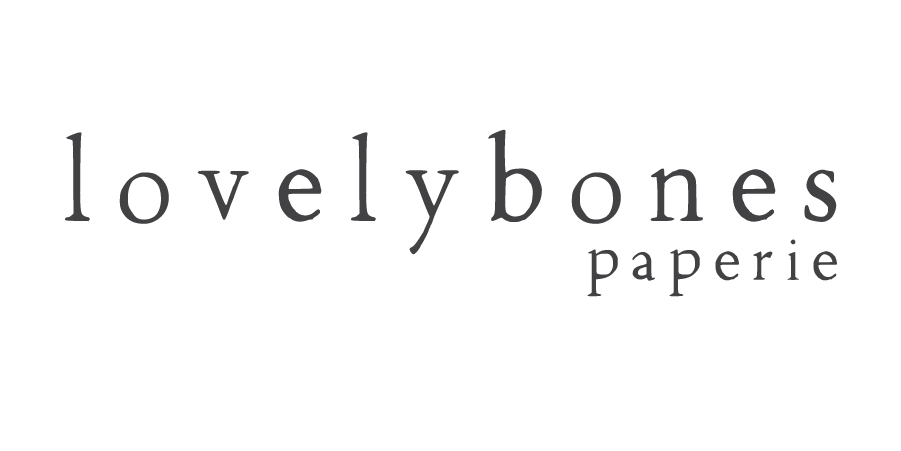letterpress 101…
intro to letterpress
Letterpress is an old-school relief-printing method that was introduced to Western culture in the 15th century, courtesy of good ole’ J. Gutenberg. I wasn’t around back then but I’ve read it made quite an impression on the print industry (my husband is going to be so proud of that pun). Over the last few years, letterpress printing has had a serious revival, and it is now, again, a highly sought-after print method sittin’ pretty at the top of the wedding stationery game. Brides and grooms alike have fallen in love with the art of letterpress and the dreamy impressions it leaves behind.
Three different types of printing presses exist: Platen, Cylinder, and Rotary. Although my first introduction to letterpress was on a Vandercook (Cylinder Press), I own and operate a 1915 Chandler & Price Platen Press, named Boo. Weighing in at over 1,000 pounds, Boo is a large, floor-standing printing press that was made for production. Using my hands and a foot treadle, each individual sheet of paper is fed through my antique press with great care, extreme precision, and lots of love. Due to the handcrafted nature of letterpress, very slight variations in alignment, ink application, and color can occur, making no two pieces entirely identical (but, I promise you won’t notice!). This handmade process is part of what makes your letterpress wedding stationery so incredibly unique and timeless. lovelybones paperie requires at least a 10% paper overage to account for these inking and alignment variations with each design.
Letterpress is a labor-intensive art form. The creativity, time-commitment, personalized approach, and meticulous technical process require both investment and appreciation of the handmade. If you’re interested in learning more about letterpress in general or printing with lovelybones - say hello!
let’s talk about solid areas of color
Solid areas of color can be difficult to control and will not print the same way they look in your digital proofs. Ink variations are especially common in these larger, flat areas of color causing some pieces/areas to have a darker ink density, and others to have a lighter density. In these areas, the ink may appear speckled or what we in the letterpress world call ‘salty.’ The shape will still be visible but your paper may show through in some areas depending on your ink color and paper. As a general guide, large areas of darker colors typically have the saltiest appearance, and lighter colors tend to have less.
Ink is mixed, added, and controlled by hand throughout the printing process. I always keep an eye on variations to maintain as much consistency as possible.
deep versus kiss impressions
Deep (aka bite) impressions tend to be the style that we all swoon over (who can blame us?) but letterpress printing has not always been known for this. There is a fine line between deep and too deep, which we call over punching. Over punching results in warped paper and/or unwanted extrusions on the backside of the paper and can harm type.
Kiss impressions are favored traditionally and occur when just enough pressure is applied to transfer the ink and make sure it’s visible without any indentations.
Here at Lovelybones Paperie, I favor deep pillowy impressions wherever I can get them but there are a few technical variables that need to be considered. Paper stock, single vs. double-sided printing, design specs, etc., can all effect the impression choice. Single-sided designs on double-thick stock can handle the deepest impressions, whereas light-mid weight paper and duplex (double-sided) designs tend to require an impression closer to the ‘kiss’ end of the spectrum.
can you only print on paper?
I’ve printed on leather booklets, t-shirts, and tote bags and am always down to try and make something work for you! If you have an idea, don’t hesitate to reach out. I’ll be happy to provide an honest opinion on letterpress and other print methods for whatever you’re working on.
COLOR MATCHING
I use the Pantone Color Guide for color matching and ink mixing. Replicating colors as EXACT matches between screens and physical prints is virtually impossible. This sort of thing is beyond my control but I do my best to get things as close as possible. I strive to make colors as accurate as possible, but please bear in mind that digital proofs and physical prints (letterpress and flat) may differ slightly.

